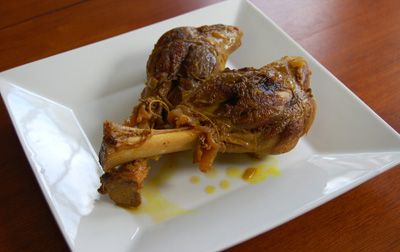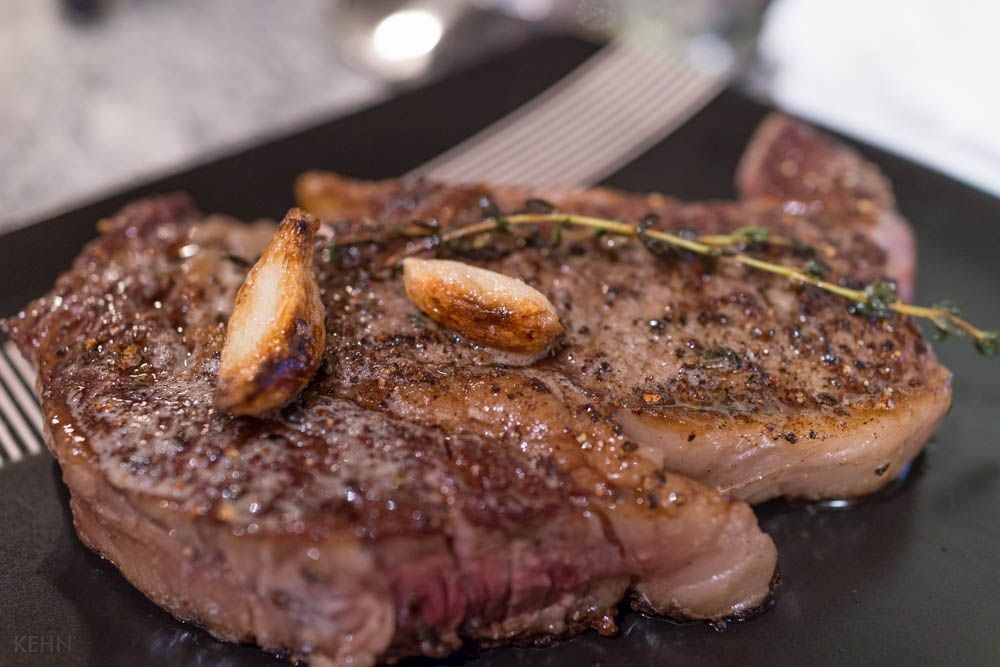
Alsatian Pinot Noir captures the spotlight
- Jun 20, 2024
The Alsatian Pinot Noir is finally stepping out of the shadows. The addition of this red wine grape to the prominent Grand Cru vineyard sites, Hengst and Kirchberg de Barr, in August 2022, has transformed the red wine production in a region once known for its white wine production alone.
Originating from the Middle Ages, Pinot Noir has been embedded in Alsace culture for centuries, often simply addressed as red wine until 1539 when it was officially documented as "Pinot Noir" by Jérôme Bock, a renowned botanist, theologian, and doctor. However, it held the status of just a table wine due to the historical upheavals faced by the region, leading to its oversight in the original 1975 decree of the Alsace grand cru designation, and also in subsequent revisions, until 2022.
Now, Alsatian winemakers are changing their game when it comes to Pinot Noir production. According to Alexandra Gerteis, a sommelier and owner of Etcetera Wine Bar in San Francisco, these wines are “beautiful and delicate”, a rare and undiscovered gem for many.
Matthew Kaner, an Alsace ambassador at the 2024 Alsace Rocks event in New York City, mentioned that Pinot Noir is fast becoming a flagship wine for the region. Statistics delineate an increased presence of Alsatian Pinot Noir in the U.S market. Sommelier Lara Michole Tillotson observed an intriguing array of “diverse, powerful, and luxurious red wines” emerging from Alsace.
The non-oaked style of Alsatian Pinot Noir is a pure expression of the fruit. It is the sole red variety permitted in the regional vineyard classification system in Alsace. These medium-bodied wines with fresh red berry flavors, such as strawberry, raspberry, and cherry, are well-balanced with warm baking spices if made with some oak.
As per Kaner, Alsatian Pinot Noir delivers considerable value when compared to Burgundy or German Pinot Noir. Despite being leaner than the wines produced in warmer regions, it still offers more red berry fruit than the dark cherry flavors found in Oregon Pinot Noir. The Crémant d’Alsace rosé, a pink sparkling wine made from 100% Pinot Noir grapes, is a light and vivacious sparkler with gentle aromas, and pairs well with a wide range of food items.
Abe Zarate, the Head Sommelier at Contento in New York City, especially favors the pairing of pork with Alsatian Pinot Noir, as he thinks their red fruit flavors complement the smoky bacon and cured meats beautifully.
Backing traditional pairings, Tillotson favors Alsatian Pinot Noir with dishes like duck confit, sausages, or “whatever is coming off the grill.” Gerteis supports conventional pairings and believes Alsatian Pinot Noir pairs nicely with dishes like smoked salmon salad served with arugula, walnut, and lemon.
As more Alsatian Pinot Noir hits the shelves, four noteworthy producers stand out: Albert Mann, Allimant Laugner, Cave de Ribeauville, and a small biodynamic estate known for the Sang du Dragon expression of Pinot Noir. This broad variety of flavors and styles ensure there is something to suit every palate when it comes to Alsatian Pinot Noir.






